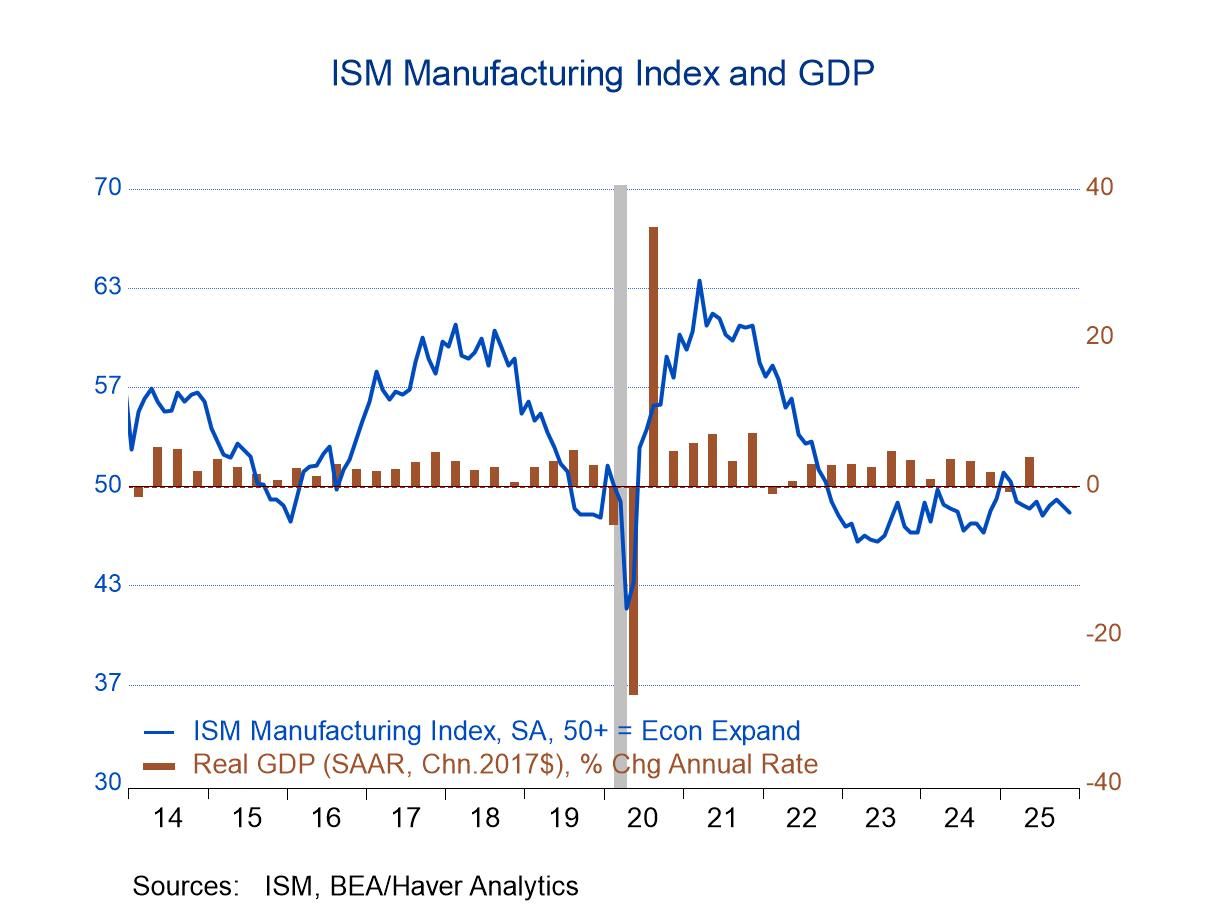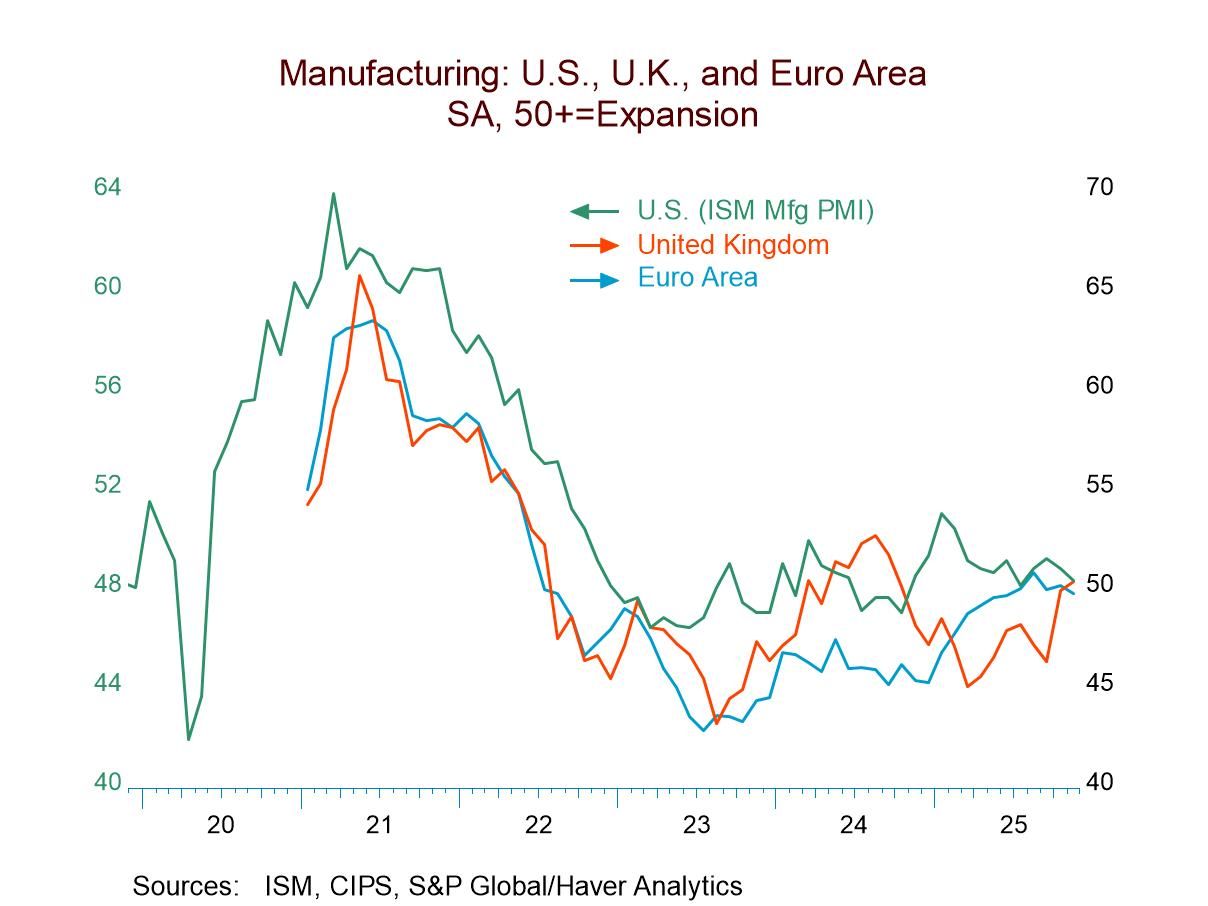Switzerland Shows the Way Ahead for Low Inflation

Swiss inflation both headline and core as well as HICP and its own domestic index (core and headline as well) have been showing sub-2% inflation for a quite a string of months. HICP inflation is 2% or less for the last seven months in a row with only one exception (2.1% in December). HICP core inflation, not yet available for February, is below 2% for five months in a row with no exceptions. The Swiss domestic inflation headline is below 2% for nine months in a row while core inflation on that index is below 2% for 10 months running. Of course, inflation in Switzerland is ‘always low.’ Over the past 18 years, inflation has averaged 0.5% with a median of 0.3%. While Switzerland is a success story to the rest of the world, Swiss inflation is still in the high side for, well, Switzerland.
These low rates of inflation are on the year-on-year gauge: no funny business- no three-month or six-month calculations and no disregarding special categories to engineer a 2% touch-down as some are trying to do in the U.S. Switzerland gets there with an unemployment rate at 2.2% in January. That unemployment rate is among the lowest 13% of all unemployment rates reported back to the year 2000.
Switzerland is proof that inflation can get back to normalcy. Of course, Swiss inflation had only peaked at 3.3% and its unemployment rate peaked at 3.5%. Switzerland had a much more muted Covid cycle than either the EMU or the U.S. And one cautionary note might be that Swiss unemployment bottomed one year ago and is currently engaged in a very modest up-creep, but an up-creep, nonetheless. The unemployment rate is still below the steady pace it had adhered to before Covid struck in 2019.
Inflation trends in Switzerland are on an accelerating trend but a slight one. Over 3 months, inflation accelerates in two-thirds of the categories in the table, according to diffusion calculations. Over 6 months, we find neutrally as inflation accelerates in only half of the categories; over 12 months, inflation is still broadly decelerating with acceleration present compared to the year-ago pace in only 16.7% of the categories – a marginal proportion.
Monthly inflation shows equivocation with the December diffusion rate at 58.3% (above 50% more categories are accelerating than decelerating), January is at 41.7%, and February’s diffusion is back at 58.3%. Over those recent months, we see some tendency for acceleration to become more prevalent than deceleration. However, this is happening with overall inflation at a very low pace: a 0.4% gain in December- that one is uncomfortable. But that is followed by a flat January and a rise in February of just 0.1% month-to-month. The compounded annualized pace over this three-month period has been just 2%.

Switzerland is showing all the signs of being back to an even keeling policy with short-term ‘mixed’ results in a narrow range that looks a lot like normalcy/price stability.
Of course, Switzerland is small and it’s a special economy. But it is also in Europe with all the deleterious effects of war on its doorstep. Switzerland gives the rest of the world hope that there is a way back to price stability and that we all might get there without having to pay the ultimate price of recession. But for other Western nations, challenges remain. They still need to take care about how they go about their business of adjusting monetary policy.
Robert Brusca
AuthorMore in Author Profile »Robert A. Brusca is Chief Economist of Fact and Opinion Economics, a consulting firm he founded in Manhattan. He has been an economist on Wall Street for over 25 years. He has visited central banking and large institutional clients in over 30 countries in his career as an economist. Mr. Brusca was a Divisional Research Chief at the Federal Reserve Bank of NY (Chief of the International Financial markets Division), a Fed Watcher at Irving Trust and Chief Economist at Nikko Securities International. He is widely quoted and appears in various media. Mr. Brusca holds an MA and Ph.D. in economics from Michigan State University and a BA in Economics from the University of Michigan. His research pursues his strong interests in non aligned policy economics as well as international economics. FAO Economics’ research targets investors to assist them in making better investment decisions in stocks, bonds and in a variety of international assets. The company does not manage money and has no conflicts in giving economic advice.





 Global
Global
